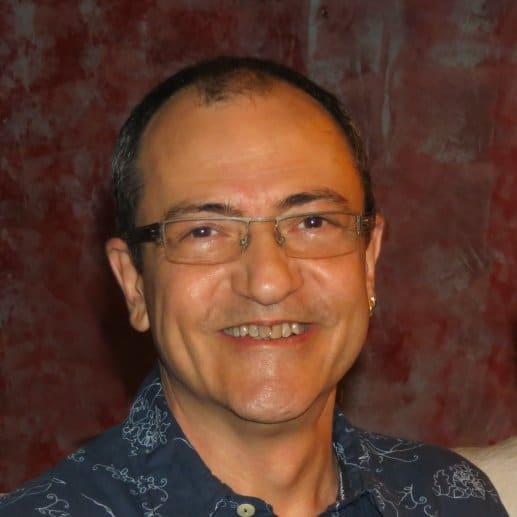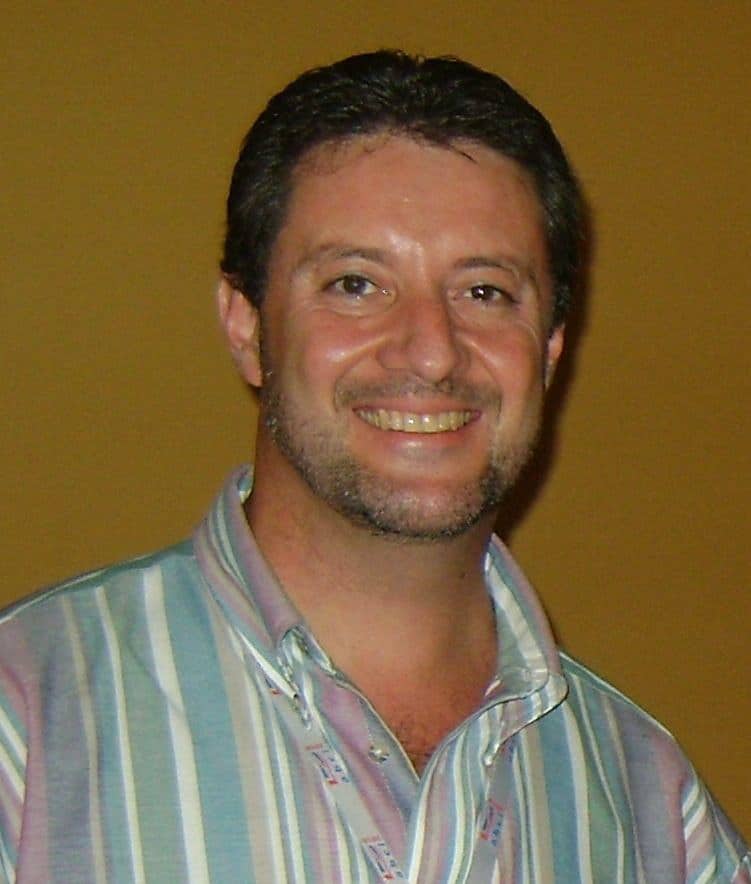Is Johnny really sitting on the bench?
When I was about 13 my English teacher showed us a picture of some children playing in a park. All was going well – I could understand what she was saying, and felt very clever – when she suddenly said something that startled and puzzled me so much that I just stopped paying attention to everything else. She’d pointed to a boy in the picture and said: Johnny is sitting on the bench. “What?”, I thought. “Johnny is not sitting at all!” What happened was that in my young learner’s mind, that sentence could not describe what I was seeing. To me, and my Portuguese-biased view of language and reality, SITTING could only mean a continuous action. If the boy was absolutely static on that bench, not moving at all, how could the teacher say he was “in the process of moving his buttocks towards the seat”? You see, that’s what SITTING meant to me – what my mind heard was equivalent to Johnny está sentando no banco in Portuguese! I wanted to tell the teacher she should say Johnny is sat on the bench! It took some years of confusion and encounters with phrases such as kneeling on the floor or hanging on the wall, for me to come to terms with the fact that speakers of English must be crazy, that I should give up trying to understand that mystery, and just follow the crowd. As a teacher I now know that there’s nothing crazy about this, that for the English speaker sitting, kneeling etc. really are continuous – states, if not actions. And that is why, when the Present Continuous is taught, course books present it as if it was all the same, and this use – so surprising and unsettling for Brazilians, for example – isn’t even mentioned, and doesn’t get the special focus Brazilian learners need. My life as a student would have been much easier, and my learning process quicker, if my teacher had predicted a possible confusion resulting from this disparity between the way English and Portuguese see and describe reality. Had she been able to do that, she might have cut the English grammar “cake” into slices of a different shape from what is traditionally done, and told her students a different story to prevent that confusion. She could have told us, for example, that –ing forms are used in English to describe POSITIONS of the body and objects, thus disconnecting sitting on the bench from the Present Continuous, giving it a precise and appropriate focus, and organizing the students’ minds more effectively.
If we teachers learn to see through the traditional description of the English grammar, and detect areas that might clash with the way our students’ Portuguese-biased minds understand language, we may be able to provide our learners with more appropriate approaches to these areas, thus leading to fewer errors, less struggle and an easier learning process.
More next month!






